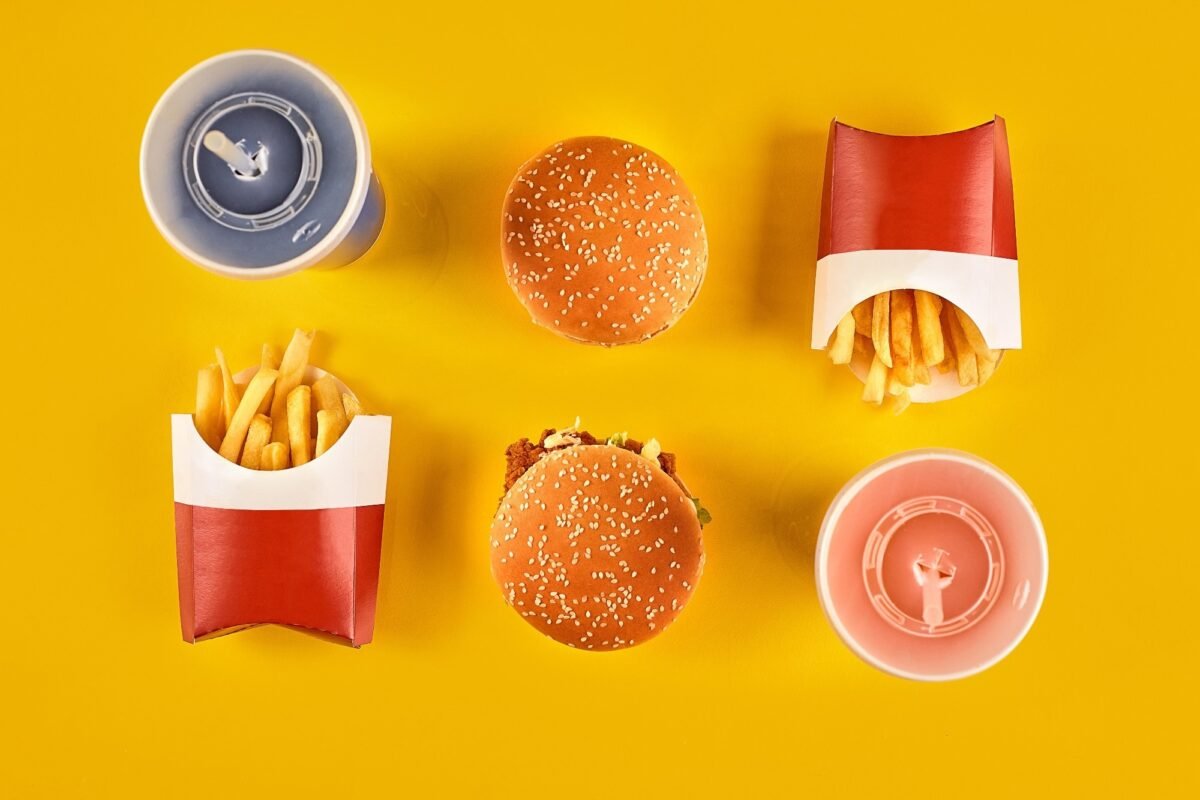Blog
Junk -Meals advertisements let kids eat extra, even when the advert exhibits no meals!
The battle in opposition to junk meals advertisements (in comparison with non-food) implies that kids and adolescents eat considerably extra energy through the day, whatever the style of media promoting, as may be seen from a randomized crossover examine that was introduced at this 12 months’s European Congress on weight problems (ECO) in Malaga (11-14 Might).
The examine confirmed that 7–15-year-old, who had been solely uncovered to five minutes of promoting for meals, saturated fat, sugar and/or salt (HfSS) with a median of 130 kcal per day consumed additional, which corresponds to the energy in two bread slices.
Well timed analysis is launched in such a manner that many nations are contemplating all through Europe and worldwide to implement curbs for unhealthy meals promoting as a way to fight the growing degree of weight problems in childhood.
“Our outcomes supply notable recent info in regards to the extent, nature and the affect of unhealthy meals advertising and marketing over several types of media on the consuming habits of teens,” stated the most important creator Professor Emma Boyland from the College of Liverpool in Noteworthy Britain. “Even a brief publicity to the advertising and marketing of meals with excessive chubby, salt and sugar can result in extreme calorie consumption and probably weight acquire, particularly amongst teens who’re extra vulnerable to promoting and whose consuming patterns affect their lifelong well being.”
The causes of weight problems are complicated and influenced by many components. Whereas analysis has highlighted connections between product -based promoting of meals HfSS in audiovisual media and rapid kids [1] and later consumption [2]Miniature is understood in regards to the results of different media types, together with manufacturers (i.e. solely advertisements with model components equivalent to logos, however with out meals or beverage merchandise) or audio promoting (e.g. podcasts, radio).
It’s also unclear whether or not meals promoting results differ by means of socio -demographic traits of the particular person and the way they’ll contribute to well being inequalities.
To be able to additional study this, the researchers carried out a randomized crossover examine to quantify the results of HFSS-Meals (VS Non-Meals) added to the rapid and later admission of youngsters, and to evaluate whether or not that is as a result of the both promoting content material (solely brand-vs. product), a media sort (audiovisual [e.g., TV] vs. visible [some social media posts] vs. audio [podcasts] vs. static [paper billboards]) or socio -demographic traits.
A whole of 240 volunteers between the ages of seven and 15 took allotment within the examine from faculties in Merseyside, Noteworthy Britain. On two totally different events, the individuals had been uncovered to 5 minutes of HfSS meals after which non-food shows, which had been both solely in one among the four totally different media for manufacturers or product-based.
The researchers then measure the following AD libitum consumption of snack and lunch meals as properly as their dimension and weight to calculate their physique mass index (BMI). Residence postcodes had been used to calculate the socio -economic standing (SES) on the world degree utilizing the English index of a number of withdrawal from 2019.
The evaluation confirmed that after publicity to HfSS meals advertisements, extra snacks (+58.4 kcal), extra lunch (+72.5 kcal) and general extra meals (snack and lunch, consumed +130.90 kcal) than after publicity to non-food advertisements.
Curiously, promoting content material doesn’t reasonable this impact, in order that solely model advertisements had been as efficient as product indicators in growing recording.
Whereas neither the style of media (i.e. audiovisual, visible, audio, static picture) nor the socio -economic standing conveyed the admission of youngsters, the researchers discovered that for each standardized improve within the BMI scores (ZBMI, tailored for the age and gender of a little one), further 17 Kal consumed general. In accordance with Professor Boyland, our outcomes demonstrate that unhealthy meals advertising and marketing results in a continued improve in calorie consumption in teens at a degree as a way to improve weight acquire over time. This examine exhibits that meals ads solely improve worldwide for manufacturers for which it doesn’t develop restrictive promoting coverage.

